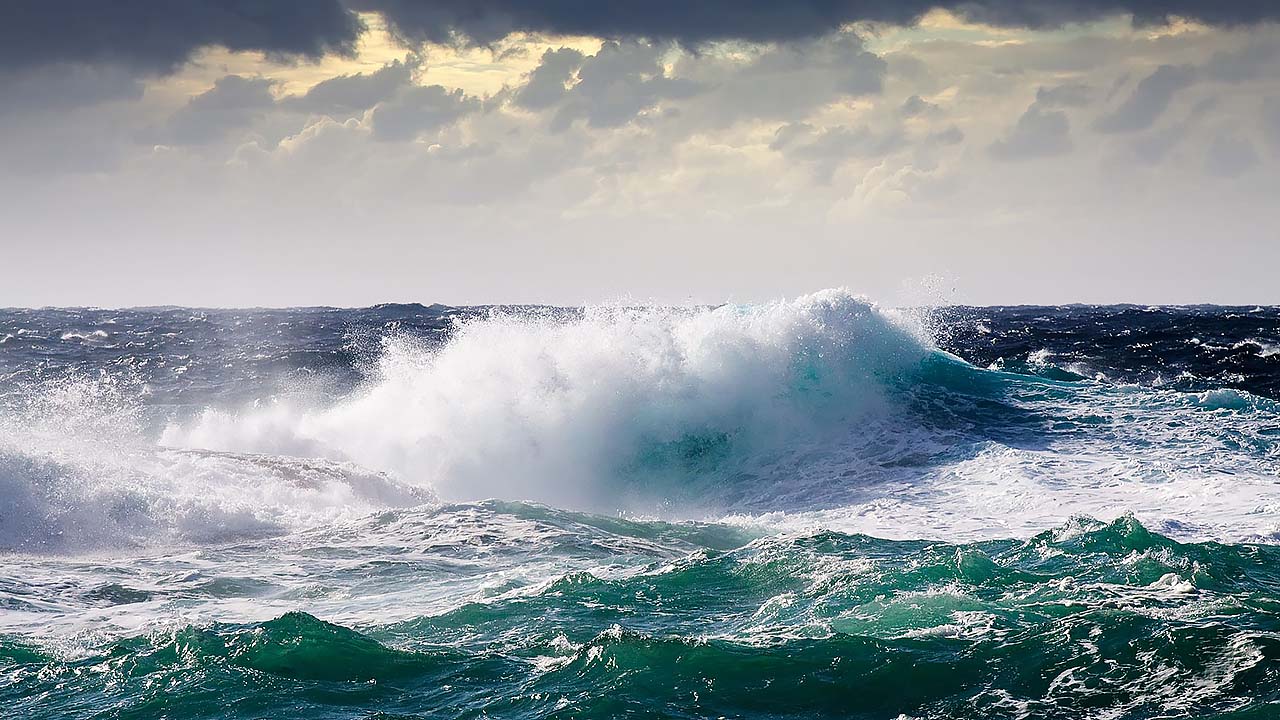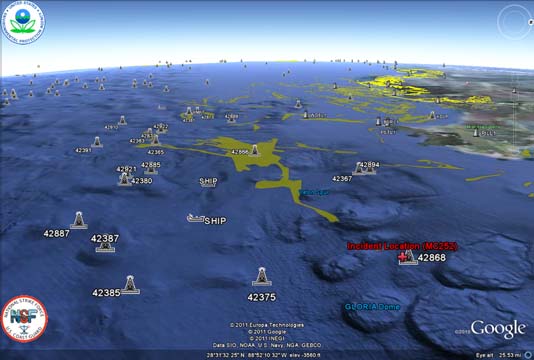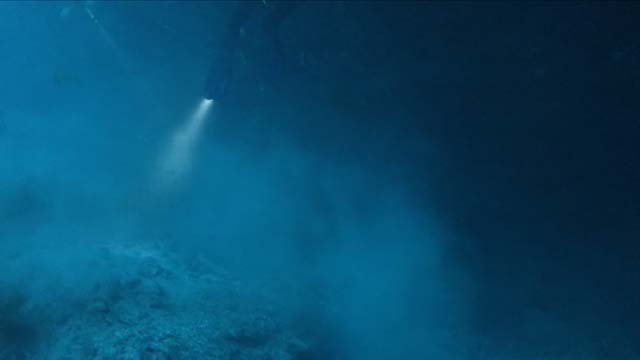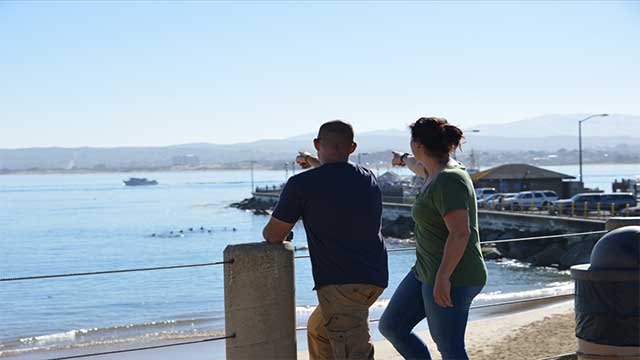Site Conditions and Dive Planning

In this section, we discuss:
- Evaluating Conditions
- Current, Visibility and Surge
- The Environment’s Role in Dive Planning
- What steps can you take to evaluate the weather and conditions at a dive site before leaving home?
- What water conditions are difficult to judge from shore?
- What is the correlation between dive site familiarity and dive planning?
Evaluating Conditions
As an experienced diver with advanced training, you and your buddies are more likely to be diving on your own than, say, a newly-certified diver. Without the benefit of a boat crew or on-site dive leadership, you have to be able to be your own divemaster.
This can include using your knowledge of the environment to evaluate conditions prior to entering the water. Steps may involve:
- Checking the marine forecast using a marine radio
- Checking the National Data Buoy or similar website for marine conditions in your area
- Checking the weather on the NOAA or similar website
- Checking the local tide tables
- Checking any surf-cam if one is operating to get a real-time view of the dive site
You can pick up an inexpensive marine radio at a local electronics store. Costs will vary, but be affordable, and most are portable.

You can find a lot of information on the National Oceanographic and Atmospheric Administration’s (NOAA) website — or a similar website where you live. NOAA’s National Data Buoy system can provide wave heights, water temperature, and other data, both offshore and inshore. The website also provides weather and local tide table information.
If you plan to go shore diving, check to see if there are any local webcams that provide real-time video or images of the surf conditions.
Current, Visibility and Surge
Let’s say you plan a shore dive and have checked the NOAA or similar website, local weather forecast and tide tables and all the information indicates that dive conditions are favorable. Next, you need to evaluate the dive site in person, prior to your dive.
You can easily observe and evaluate some conditions from shore such as wave, surf and tides. Others, such as surge, currents and visibility are nearly impossible to evaluate without getting in the water.

If wave, surf, and tide conditions aren’t favorable, diving conditions probably aren’t safe. Additionally, it stands to reason that if wave, surf and tide conditions are poor, then visibility may be equally poor and surge and currents will likely make the diving impossible or, at the very least, not that enjoyable.
Bear in mind that you also need to think about the abilities of the least experienced member of your team. Conditions that are no problem for you may be beyond this diver’s ability.
The Environment’s Role in Dive Planning
The more familiar you are with a dive site and the conditions prevalent at the site, the easier it will be for you to prepare a thorough and safe dive plan. If you are not familiar with a site, you must decide not to dive until you gather the necessary information.
Consult with local dive center or divers who are familiar with the local sites to obtain the information you need. Once again, you can avail yourself of the Internet and consult websites like ScubaBoard.com where there are discussion sections for local dive areas all over the world.

Here is a list of questions you should have answered and evaluated prior to going diving at an unfamiliar site:
- What are the average depths of the site?
- Are there any prevailing currents?
- When is the best time to dive the site?
- What are the hazards above or below the water?
- What is the bottom composition like?
- What types of marine animals inhabit the area?
- Is there boat traffic in the area?
- Is a dive flag needed and what are the regulations regarding dive flag use?
- Are the local Emergency Services familiar with the site and how to get there?
Having the right information about the dive site will enable you to construct a thorough and safe dive plan.
Key Points to Remember
- To evaluate the weather and conditions at a dive site before leaving home, you can:
- Check the marine forecast using a marine radio
- Check the National Data Buoy or similar website for marine conditions in Check the weather on the NOAA website
- Check the local tide tables
- Check any surf-cam if one is operating to get a real-time view of the dive site.
- Surge, currents and visibility are often hard to evaluate from shore while waves and surf can be easily observed and tides determined from tide tables.
- The more familiar you are with a dive site and the conditions that are prevalent at the site, the easier it will be for you to prepare a thorough and safe dive plan.
Learn More
